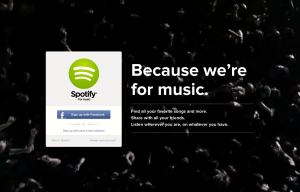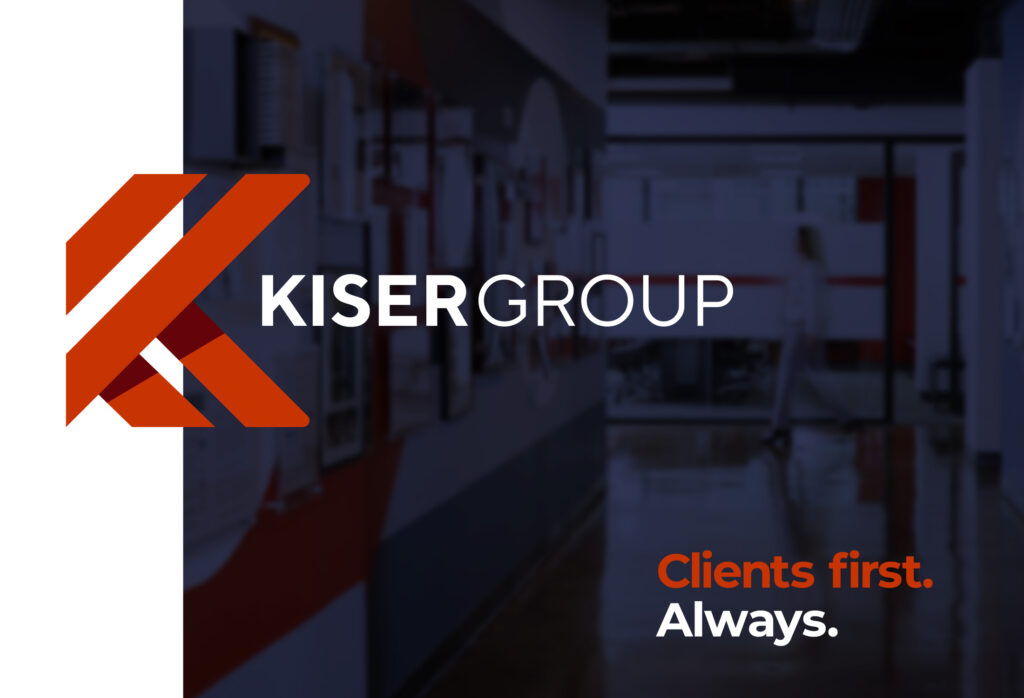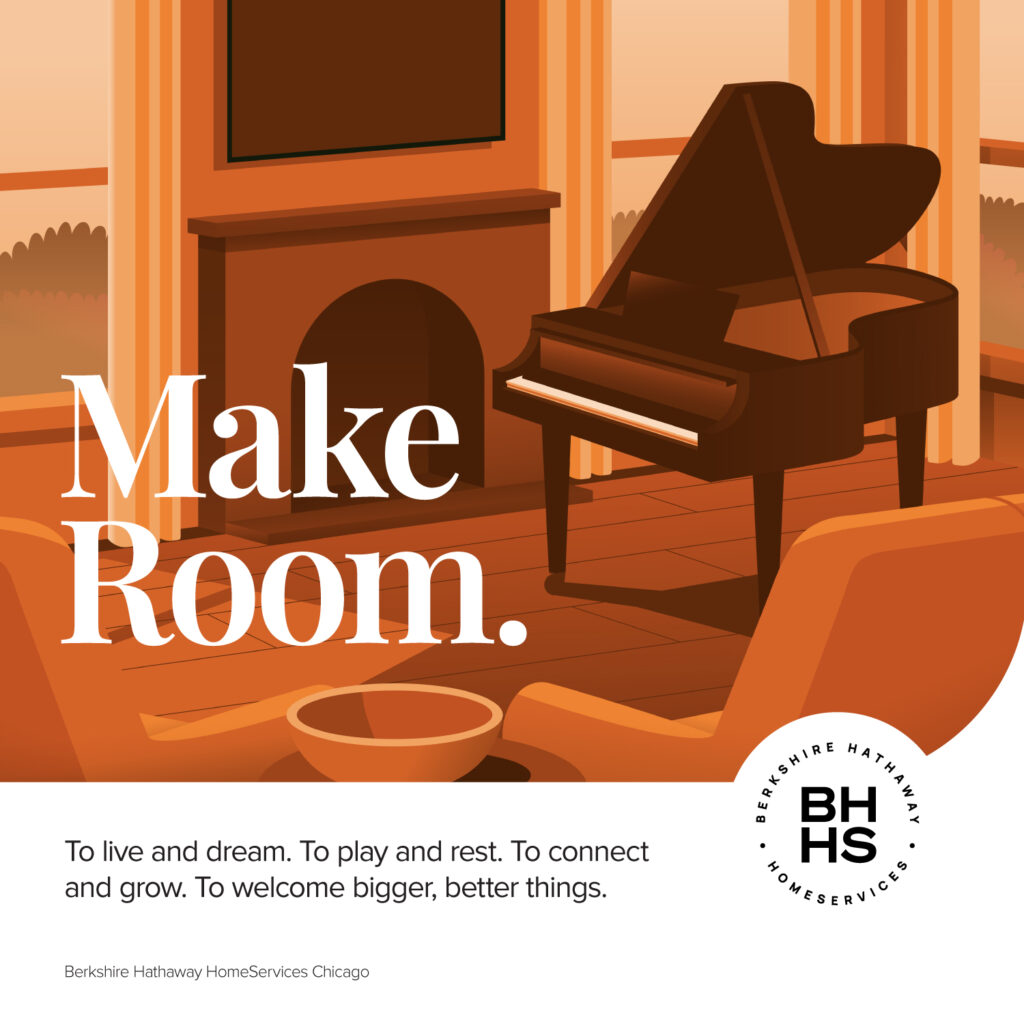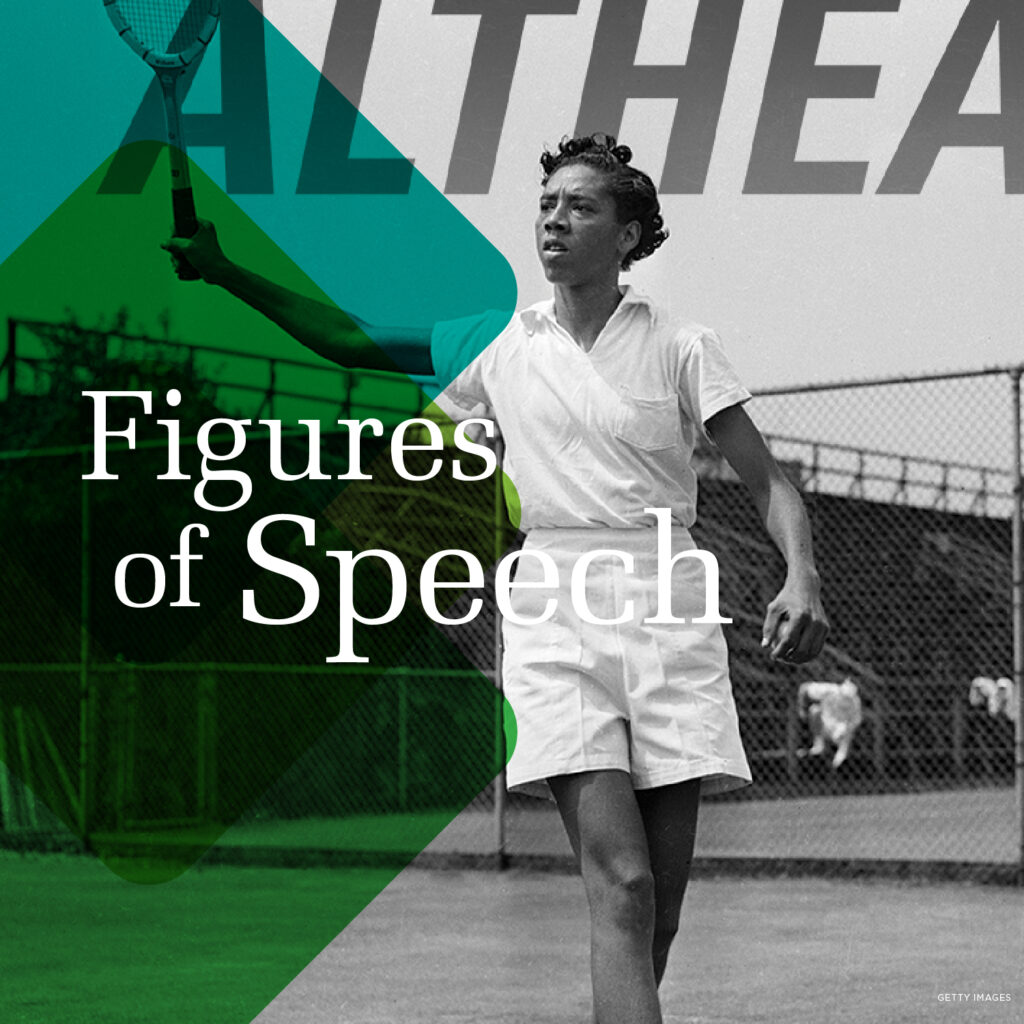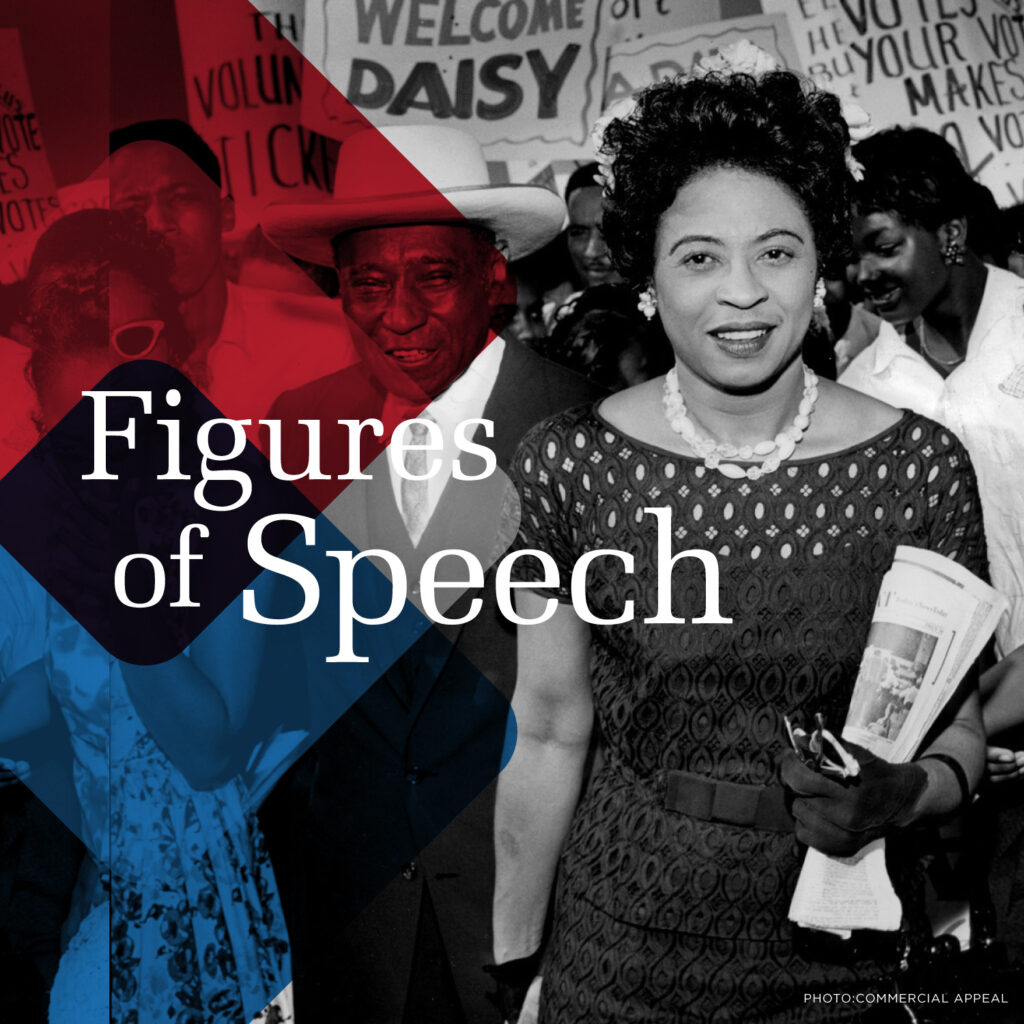Spotify’s Ad Campaign: Creating Strong Video Content
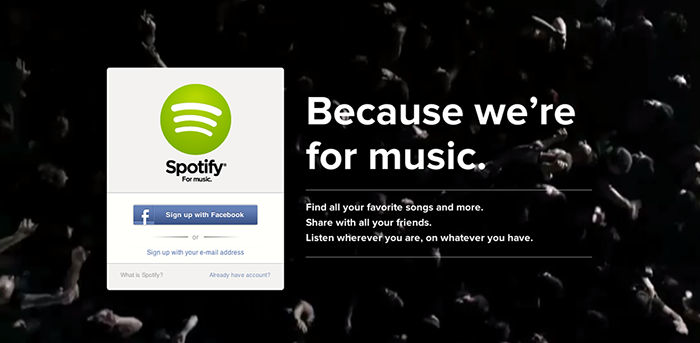
This week Spotify launched its first ever ad campaign intended to reach a mass audience of young, tech-enabled music listeners living in the US. Currently one of the most successful on-demand digital music platforms, Spotify gives music listeners access to over 20 million songs and tailored playlists that are shareable and integrate with social media. Notorious for its Facebook Integration Strategy that ushered in millions of MAU every month, Spotify’s latest strategy for user generation centers around an ad campaign that recounts cultural music authenticity packaged in three short commercials.
The campaign takes a clever stab at a consumer niche predicated on one simple condition: an intense love for music. With this idea in mind, the ads depict memorable and contemporary encounters with music through the lens of multiple music aficionados — including a “festie” crowd surfer, a Gen X-er longing for his distant love and a wacky foot-stomping hipster — and capture how music is deeply engrained in our everyday experiences. You can take a look at the videos here.
In addition to a launch that featured the first spot, “For Music”, on NBC’s The Voice and generated approximately 13.4 million total viewers, the ad campaign is a buzzing topic within the online community, with features in tech hubs like Mashable and Fast Company, and has great online viewership potential since 100 million Americans are increasingly watching more video per day, up 43% since 2010. Statistics now show that video is a powerful tool for any overall marketing strategy, as video content can dramatically increase your website traffic and is becoming a preferred method in communicating your value offerings. While Spotify’s strategy involves additional social media and still ad tactics, the commercials themselves can stand alone as compelling pieces of online video content in their own right. The ads have mastered an image that is culturally relevant and hard-hitting, making them difficult to ignore and well worth our time.
Looking to Spotify’s ad campaigns as an example on how best to engage online viewers with your videos, read through these tips to guide you through creating powerful video content.
Your video needs to connect with your audience.
- Know specifically whom you are engaging with.
- Ensure that your audience can directly relate to your content.
- Ground your story in truth and facts.
- Tap into emotional frameworks.
For Spotify, this meant appealing to a diversified group of ravers, head-bangers and even gentle listeners through their line-up of ad protagonists who embody commonplace characters amongst both Millennial and Gen X age groups. Having access to rich data can help, but all video content strategies begin with research, planning and active fieldwork. Grounding your narrative in these realistic truths and findings is what gives your content a human touch; when done right, strong and believable narratives will lead to promising and long-life video content.
Maintain consistency throughout all video content.
- Regulate your narrative tone to inter-connect all of your video.
- Be formulaic when writing your video content.
- Develop consistent methods for branding your video.
Videos should never stand alone; develop themes that relate to your website and correlate with your static content. In all of its videos, Spotify clearly sees music as “something worth fighting for;” and if you ask why, their landing page offers a great answer: “Because [it’s] for music.”
You can also maintain a consistent feel in your videos by creating repeatable templates for animated logos and other video content to strengthen your brand image and ease your video making process.
Pay close attention to your visual message.
- Take advantage of special effects to enhance your main argument.
- Choose a medium that can best tell your story (animation versus real-life footage).
Video content has the power to educate, inspire and influence viewers and evoke powerful emotional responses. In slowing down video speed, Spotify was spot-on, as the ads captured and crystallized euphoric moments based on real-life music experiences. While video effects can enhance your content in tasteful ways, it’s important to not go overboard. In a recent project with the W.K. Kellogg Foundation, Otherwise developed an animated video that illuminates how communities thrive when they come together for children — the theme for the foundation’s 2012 Annual Report.
Using the power of illustration to tell a story, the video literally brings the WKKF narrative to life. The video’s color palette and charming animations are both distinctive in their own right, while aligning with the print version of the annual report.
Image credit: Spotify
Video credit: YouTube, Spotify, Droga5
Theo Skolnik is a Integrated Marketing Associate for Otherwise Incorporated.




